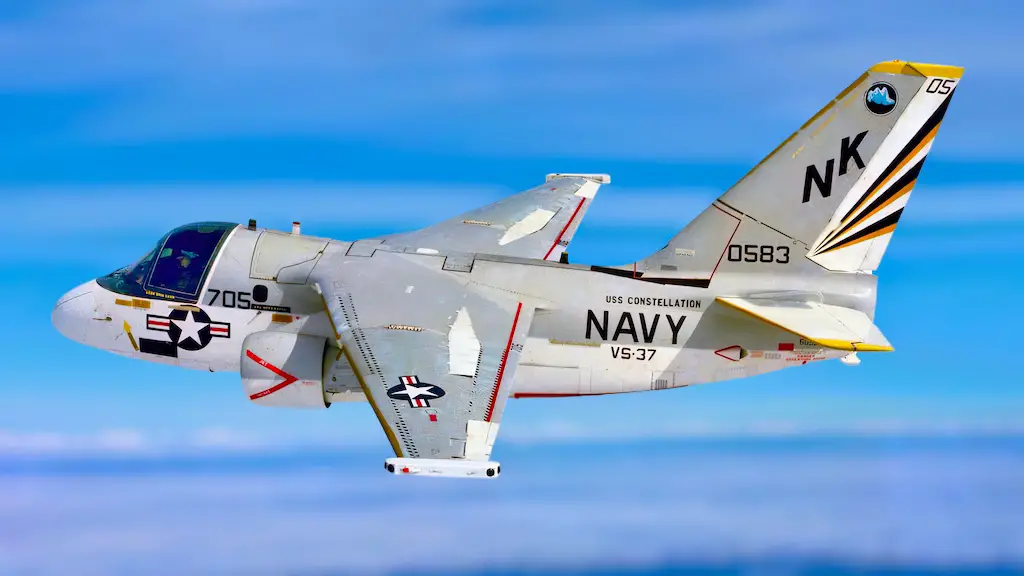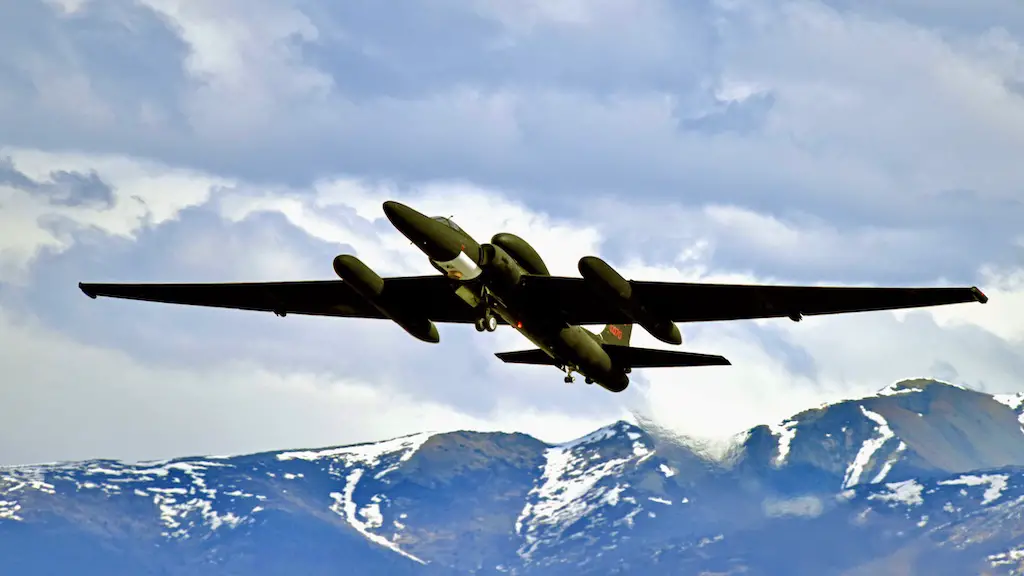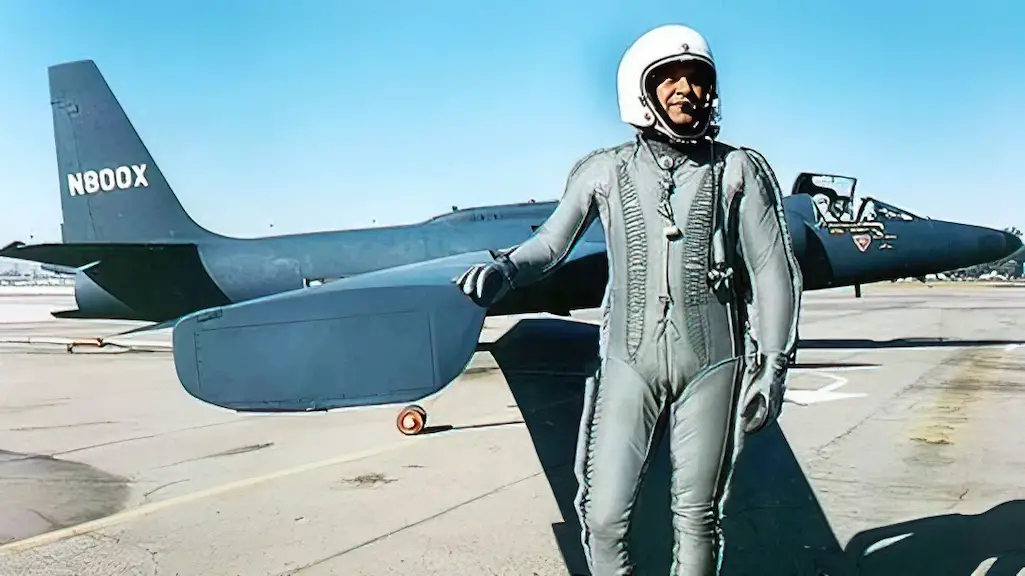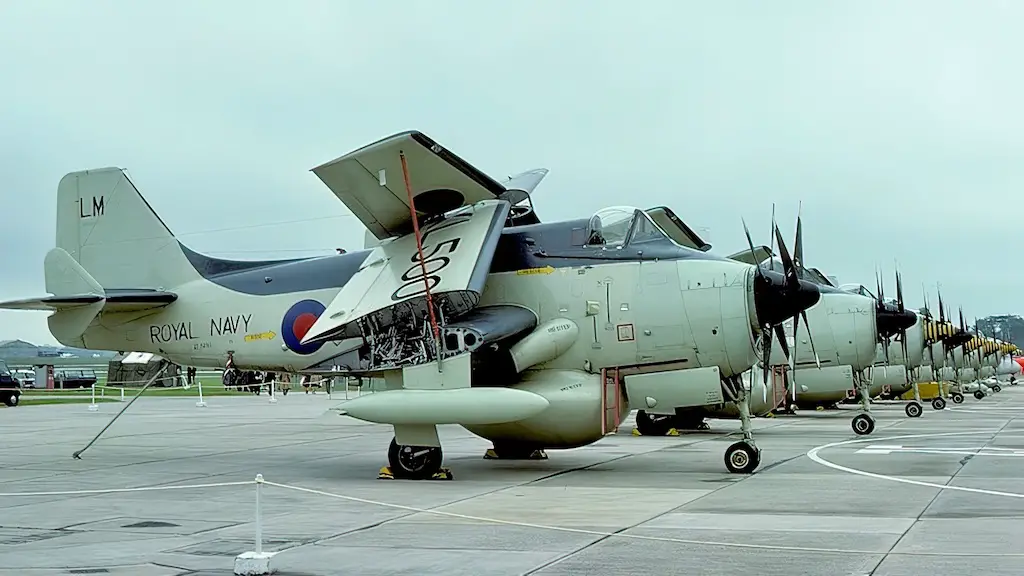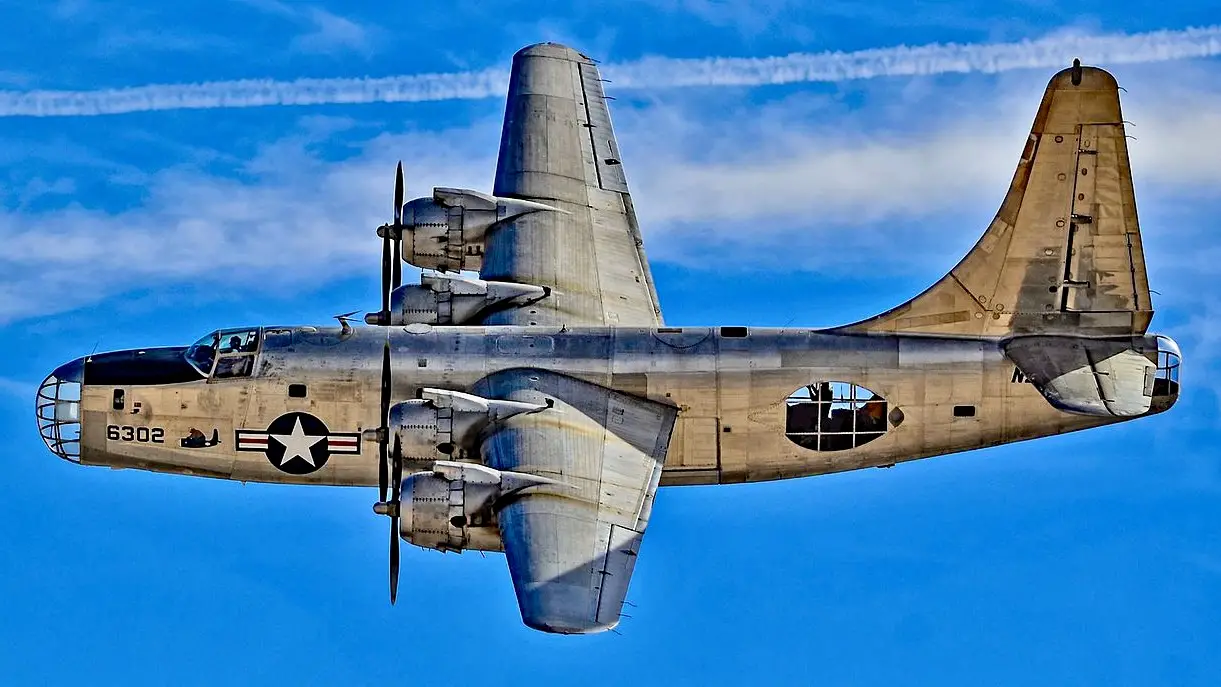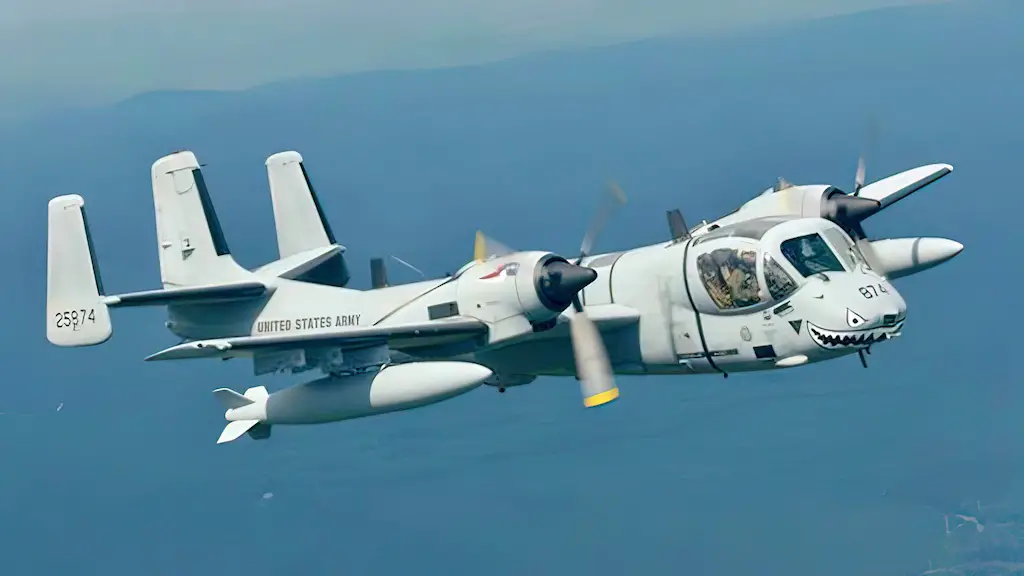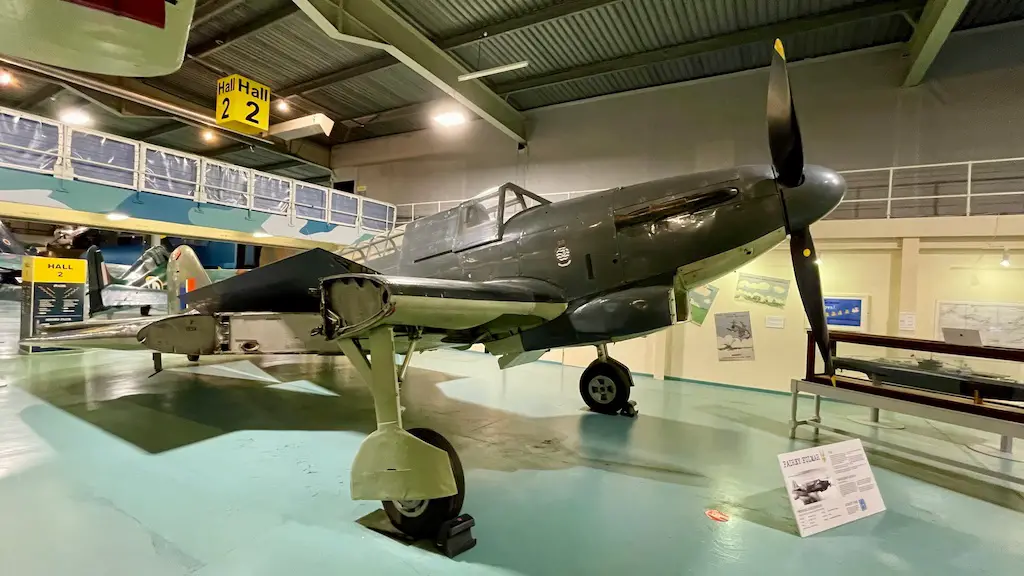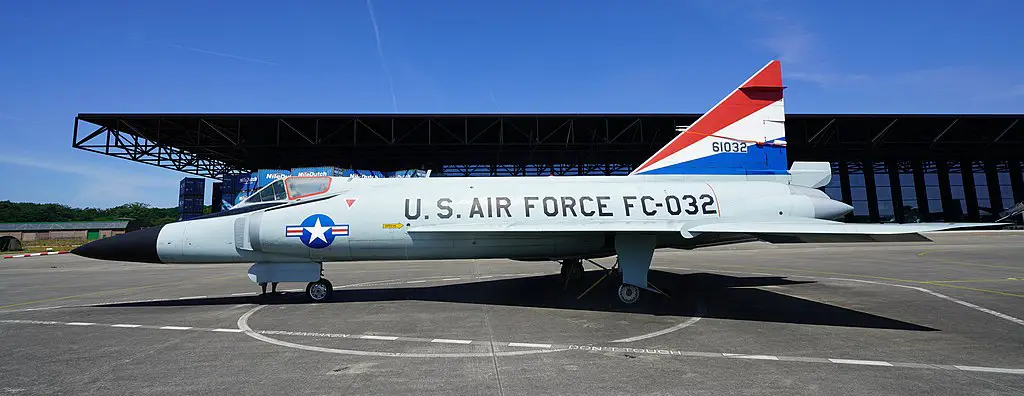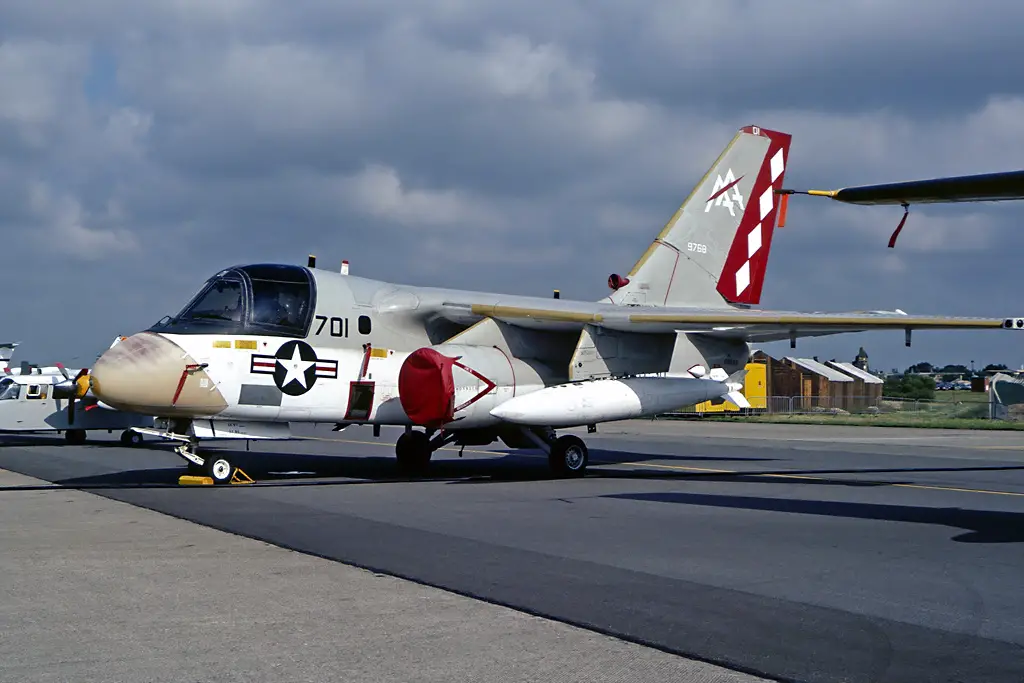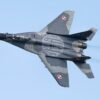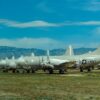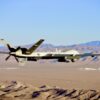At the time of its introduction into service Lockheed S-3 Viking was a breakthrough anti-submarine warfare (ASW) aircraft, stuffed full of all sorts of the most advanced equipment for the detection of adversary’s submarines hiding in the ocean depths. It also had a substantial arsenal of weapons for their destruction, including nukes. Moreover, Viking proved to be an extremely versatile aircraft with its applications going far beyond ASW missions. All these estimable qualities allowed the S-3 to stay in the US Navy inventory for decades, serving faithfully both in peace times and in times of war.
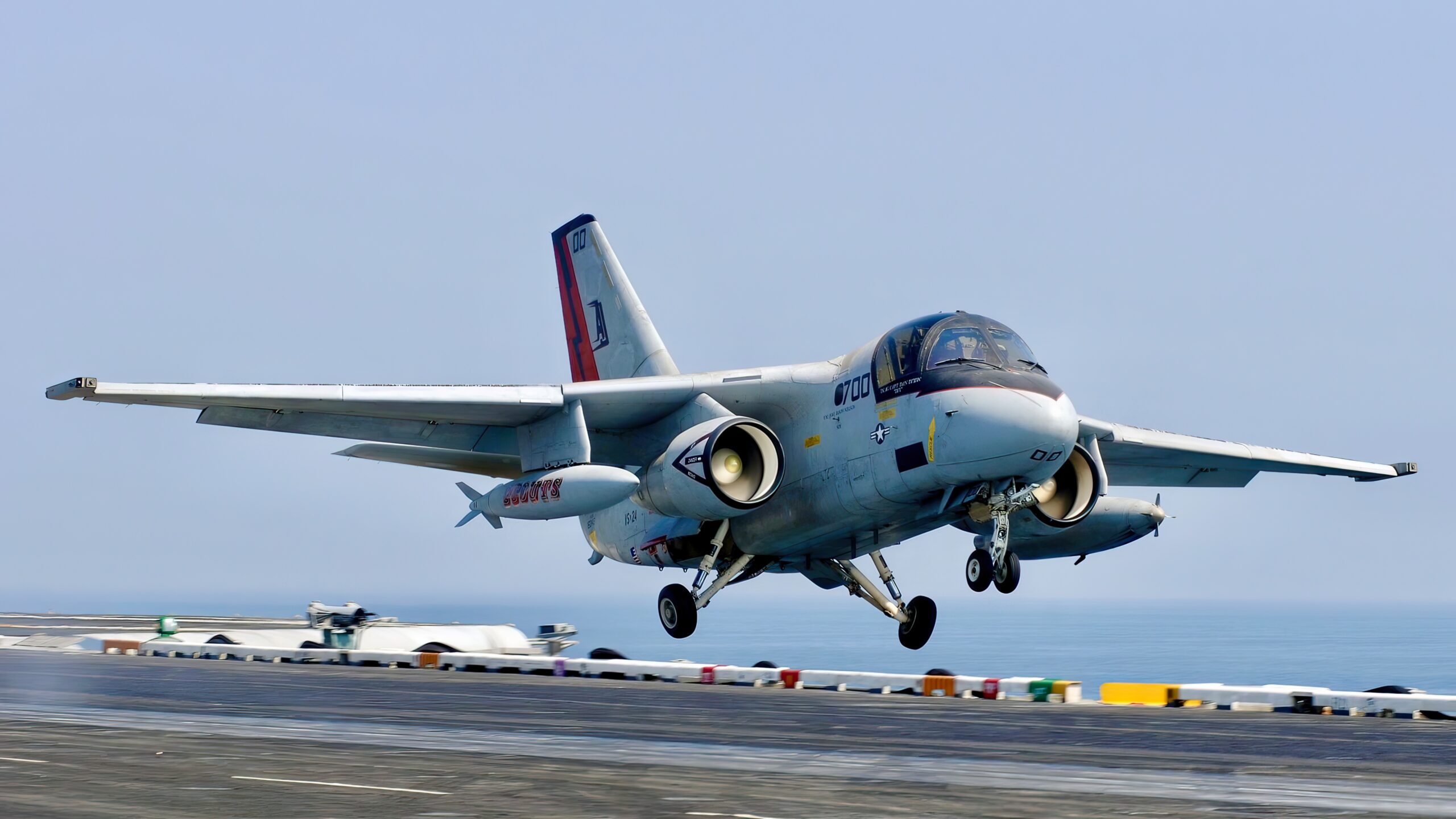
Successor to the piston-engine Tracker
In the late 1960s, Lockheed received a contract to design an ASW aircraft to take over the ageing and increasingly irrelevant Grumman S-2 Tracker. The USSR was building ever more nuclear-powered submarines capable of staying underwater indefinitely, which required new tools capable of neutralizing that threat. To create the aircraft Lockheed teamed up with Ling-Temco-Vought, which was more experienced in building carrier-based aircraft. In particular, Vought designed and built the wings, tail assembly, engine pods and landing gear.
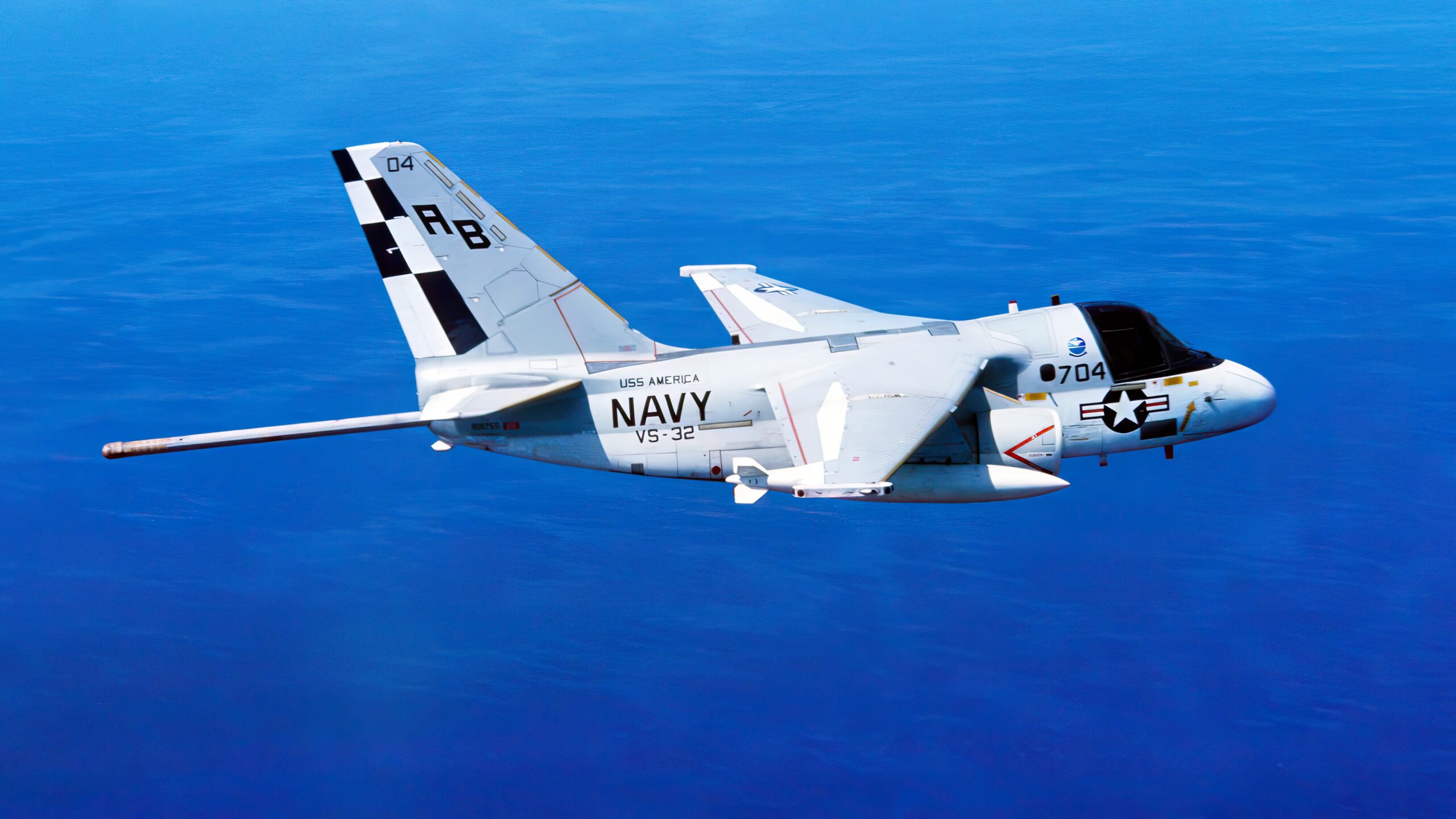
Sub-hunter armed to the teeth
The Viking could carry up to 6,985 lb of ordnance, 4,000 lb in two internal bomb bays and the rest on underwing hardpoints. Its weaponry included bombs, mines, homing torpedoes and nuclear depth charges. It also could carry up to 60 sonobuoys in the aft fuselage. To be able to detect submarine periscopes and surface targets, the S-3 was equipped with a large APS-137(V)1 search radar in the nose. That was complemented by a retractable forward-looking infrared (FLIR) turret under the forward fuselage and a magnetic anomaly detector (MAD) deployed from the rear fuselage. Given the complexity of anti-submarine warfare missions, the Viking was manned by a crew of four: two pilots, tactical coordinator, aka ‘Tacco,’ and Sensor Operator, aka ‘Senso.’
Joining the Cold War
The first prototype flew in January 1972, and in February 1974 the Viking entered service on USS Forrestal. By 1977 the type was fully operational. In the service it was quickly nicknamed “War Hoover” for the characteristic sound that the aircraft made.
The Viking joined the Navy ranks at a period in the Cold War when Détente was coming to an end, giving way to a new rise of tensions between NATO and the Warsaw Pact countries. Throughout the following decade American and Soviet navies were closely watching each other in the Atlantic and elsewhere around the globe, using all the underwater, surface and aerial tools at their disposal.
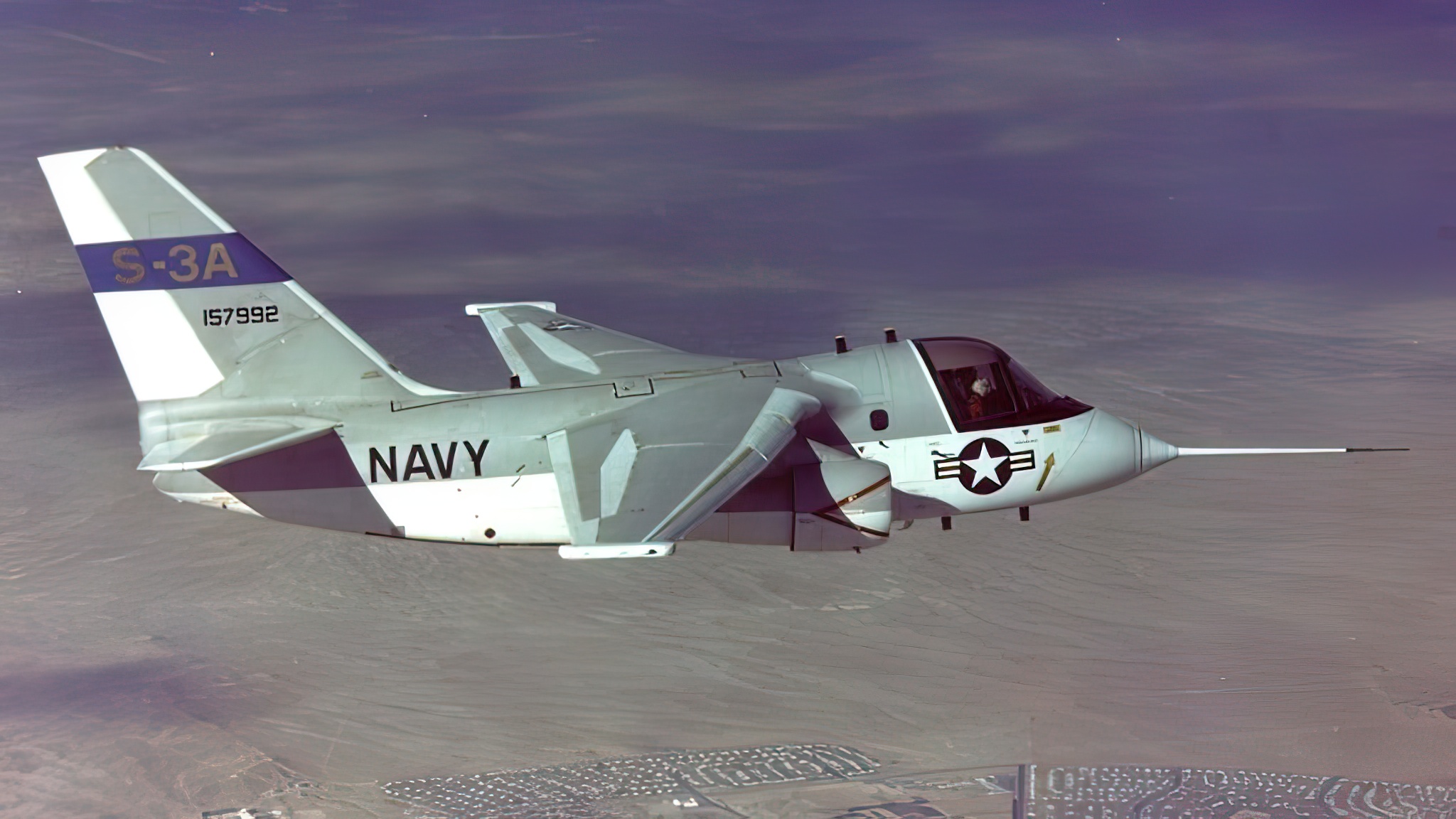
Taking up new roles
In the late 1980s, the Viking received Harpoon anti-ship missiles, which added surface ships to the list of its targets. The collapse of the Soviet Union and the end of the Cold War greatly reduced the submarine threat and in the 1990s the S-3’s focus shifted from ASW to anti-surface warfare (ASuW).
Another change of role was the conversion of some airframes into the ES-3A electronic intelligence variant. Some were modified for carrier onboard delivery (COD), getting the US-3A designation. A dedicated tanker version was abandoned before going into production but many Vikings of the S-3B variant were actually used in that role. To fulfill it they carried external fuel tanks, the so called “buddy stores,” allowing them to refuel friendly aircraft in the air using the probe-and-drogue technique.
Although the Viking was created with high-end superpower conflict involving nuclear-powered submarines kind of scenarios in mind, its actual combat use didn’t have anything to do with that sort of wars or even with submarines. The Viking saw action during the Gulf War in 1990-91 and Operation Iraqi Freedom in 2003, engaging land targets and small vessels in the Persian Gulf. It was also employed in Bosnia to drop ground movement sensors and in the early days of War in Afghanistan in the tanker role.
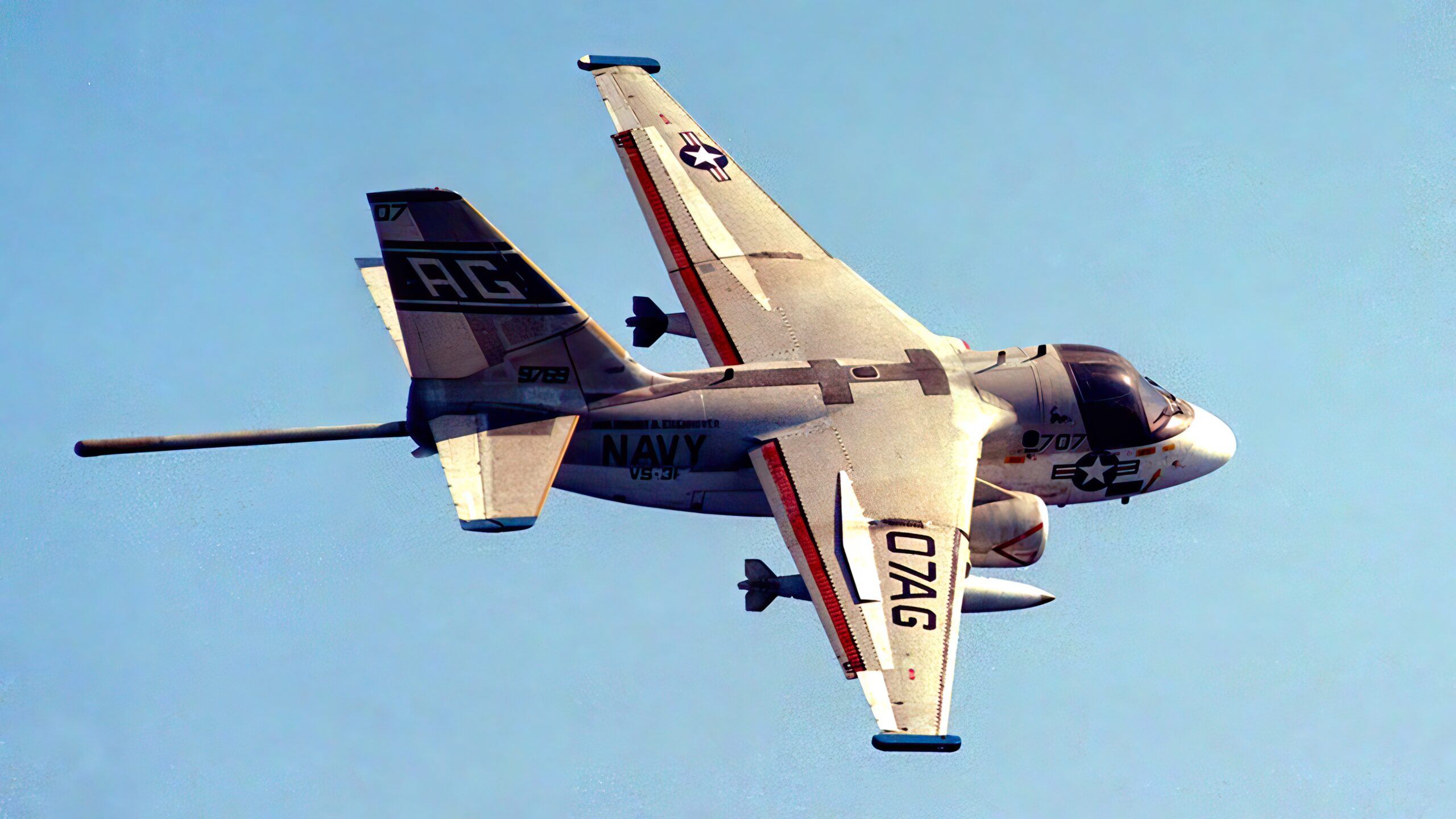
Navy One
In 2003, George W. Bush, once an F-102 Delta Dagger pilot in the Texas Air National Guard, visited the USS Abraham Lincoln aircraft carrier. To get there he climbed into the co-pilot’s chair of a Navy S-3B Viking. It was the first time a sitting US president arrived on the deck of an aircraft carrier by airplane. The aircraft that brought Bush to the carrier was dubbed “Navy One.”
The Viking’s active service onboard aircraft carriers ended in 2009. A small number of aircraft went on flying with the US Navy for support duties before finally retiring in 2016. Still, one of those retirees was acquired by NASA and flew for another five years.

